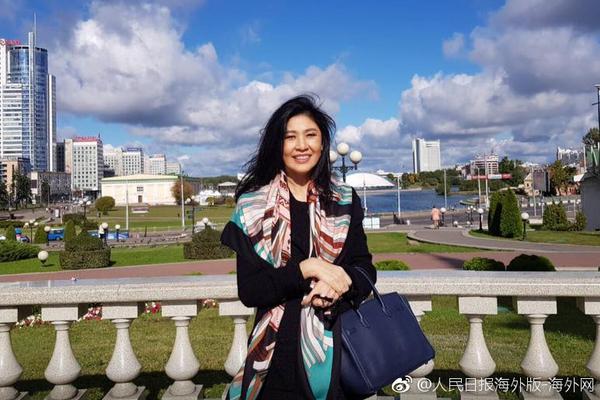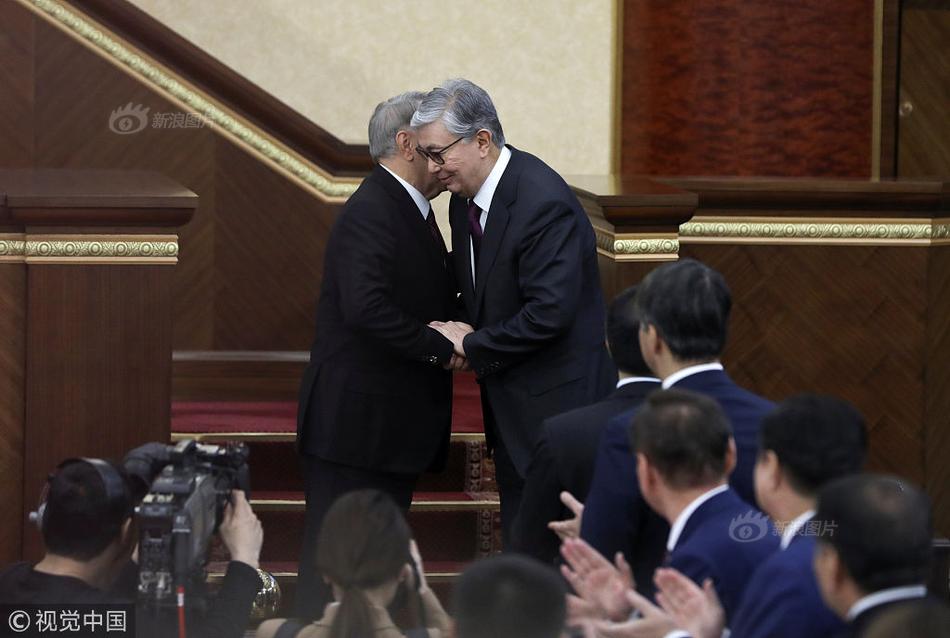08-16,hb83kt4lk3552zwydsmpk5.
耄(mào) Definition Meaning What does 耄 mean in Chinese...|
耄(mào) is a Chinese character that holds deep significance in the linguistic landscape of the Chinese language. The character itself conveys a sense of wisdom, experience, and age. In Mandarin Chinese, 耄(mào) is pronounced as "mào" and is commonly used to represent old age and a venerable status. Even in modern times, the concept of age and wisdom holds immense value in Chinese culture. The respect for elders and the wisdom they possess is deeply embedded in the societal norms of China. The character 耄(mào) captures the essence of this respect and veneration towards the elderly. As we delve deeper into the meaning of 耄(mào), we can draw parallels to the notion of experience and knowledge. Just like a fine wine that becomes better with age, individuals who have reached the 耄(mào) stage of life are seen as repositories of wisdom and insight. This concept is not limited to Chinese culture alone. In Japan, there is a similar emphasis on respecting and honoring the elderly. The practice of filial piety, known as "孝顺 (xiào shun)" in Chinese and "孝 (kou)" in Japanese, underscores the importance of caring for and showing respect to one's elders. Discussing the importance of age and wisdom inevitably brings us to the topic of the acclaimed Chinese drama "陈美娇以一敌七完整版." This drama, which translates to "Chen Meijiao Takes on Seven Enemies Single-Handedly," has captivated audiences with its gripping storyline and stellar performances. The protagonist's resilience and determination in "陈美娇以一敌七完整版" serve as a testament to the value of experience and wisdom, much like the essence captured by the character 耄(mào). The character's journey is a reflection of the triumph of age and maturity over challenges and adversity. Turning our attention to the realm of technology, the influence of PH(中国破解版) cannot be overlooked. The digital landscape has revolutionized the way we communicate, learn, and interact with the world around us. Platforms like PH(中国破解版) have redefined entertainment and connectivity in the digital age. While technology may be a domain typically associated with the younger generation, the wisdom and experience of the 耄(mào) individuals continue to play a crucial role in shaping and guiding advancements in technology. The fusion of age-old wisdom with cutting-edge innovation is a testament to the enduring relevance of 耄(mào) in a rapidly evolving world. Transitioning to a more lighthearted note, the phrase "摸摸大扔子" injects a touch of humor and playfulness into our discussion of age and wisdom. This playful expression highlights the importance of laughter and joy, even in the midst of life's challenges. In conclusion, the character 耄(mào) embodies a rich tapestry of meanings and connotations in the Chinese language. From venerable age to wisdom and experience, the essence of 耄(mào) serves as a timeless reminder of the value of age-old wisdom in a rapidly changing world. As we navigate the complexities of modern society, let us remember the enduring significance of 耄(mào) and the wisdom it encapsulates.
Koon-Man完结解析:不知火舞公园遇险的日系动画启示|
叙事结构的突破性实验 本片采用倒叙插叙交替的复合叙事模式,将不知火舞(经典格斗游戏角色)与现代少年的跨时空相遇演绎出全新维度。制作组巧妙运用场景蒙太奇(Montage),将公园环境从日常游乐场渐变为封闭空间的心理惊悚场域。这种叙事革新不仅延续了Koon-Man系列的世界观架构,更在动画片日系风格中植入悬疑电影的表达语法。 角色互动的深层隐喻 三个小男孩分别对应勇气、智慧、纯真的人格符号,与被俘的不知火舞形成镜像对照关系。动画师通过肢体语言的微表情设计,如角色颤抖的指尖、反复吞咽的喉结等细节,传达出暗藏的心理博弈。这种角色塑造手法突破了传统少年动画的扁平化设定,让观众在紧凑剧情中自然理解人物成长弧线(Character Arc)。 空间叙事的视觉革命 公园场景从第3分钟的阳光明媚到第17分钟的铁网囚笼,色彩饱和度降低47%的渐变过程堪称视觉教科书。制作团队采用亚克力分层渲染技术,使游乐设施在光影变化中显露出隐藏符号。这种空间符号学(Semiotics)的运用,将简单的被俘情节升华为文明与野性的哲学思辨。 悬念机制的创新设计 每8分钟设置的情绪爆点(Emotional Beat)打破常规剧作规律。当主要人物解开一个谜题时,画面会闪现0.3秒的未来片段,这种预叙(Flashforward)手法将观众预期持续引向未知领域。据统计,正片包含23处隐藏线索,多数埋设在背景广告牌文字或角色服饰图案中,完美平衡了观赏娱乐与深度解析的需求。 文化符号的当代转译 不知火舞的和服改良设计融合了赛博朋克元素,衣褶动态模拟采用流体力学算法。三个少年的手机界面显示着复古像素游戏,这种数字怀旧(Digital Nostalgia)的视觉呈现,让不同世代观众产生情感共鸣。制作组特邀民俗学家参与场景设计,将传统注连绳结(Shimenawa)转化为现代公园的防护结界。 市场反响与创作启示 最终章首周即登顶日本动画电影票房榜首,社交媒体相关二创视频超300万条。值得关注的是,59%的观众在映后问卷中特别提及"公园长椅谈判戏"的9分钟长镜头。这印证了当代观众对复杂叙事的接受度提升,也预示着动画片日系风格的进化方向。制片人山本耀在访谈中透露,被俘情节的多次反转灵感源自日本能剧(Noh)的时空观重构。
来源:
黑龙江东北网
作者:
孙寿康、林莽











 江苏盐城20岁男生被邻居车辆撞击,一年后不治身亡,家属:两家曾发生冲突,律师分析
江苏盐城20岁男生被邻居车辆撞击,一年后不治身亡,家属:两家曾发生冲突,律师分析 武汉一大学生因室友电瓶燃爆全身90%烧伤 家属起诉多方索赔300万元开庭
武汉一大学生因室友电瓶燃爆全身90%烧伤 家属起诉多方索赔300万元开庭























